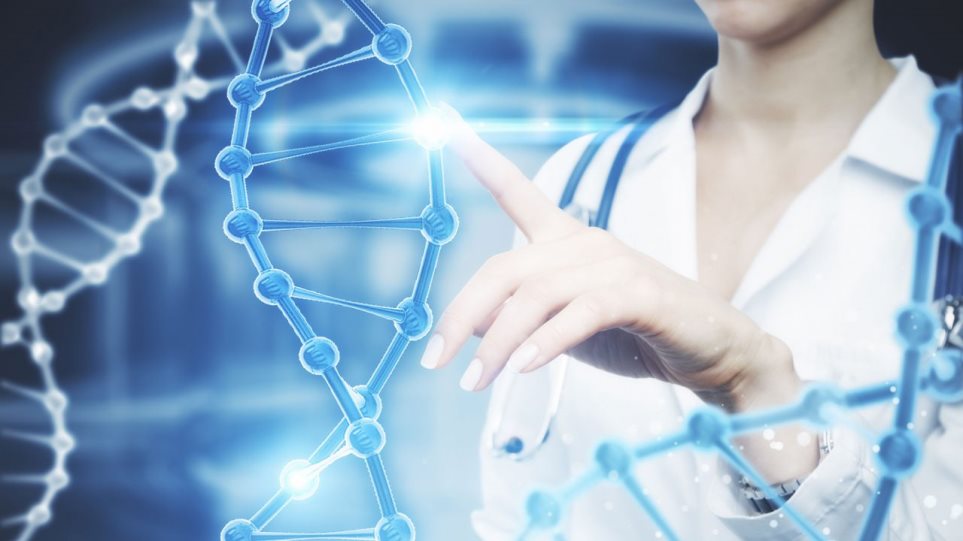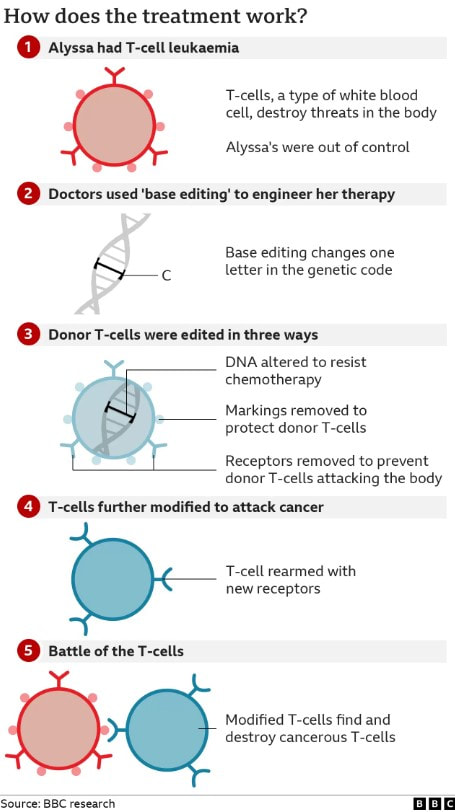|
John writes … The past few months have seen announcements of several new medical treatments based on manipulating DNA. I want to highlight just a couple of these which illustrate how techniques developed in research labs are helping doctors to use knowledge about genes and genetics to treat conditions which had previously been incurable.  Credit: Goodreads Credit: Goodreads The first concerns haemophilia, a condition in which blood fails to clot. It is caused by the absence of a protein involved in the clotting process which is in turn caused by a mutation in the gene encoding that protein. In 85% of haemophilia cases, it is Factor VIII that is missing. This particular mutation is famous because of its presence in Queen Victoria’s family, as described beautifully in Queen Victoria’s Gene by D.M. and W.T.W. Potts. The remaining 15% of cases involve a different clotting factor, Factor IX, and are again caused by a mutation in the relevant gene. Both conditions are suitable targets for somatic cell gene therapy in which the cells that make the protein – both these factors are made in the liver – are supplied with a functional copy of the gene. But, despite the basic simplicity of that process, achieving it is much more difficult, as my students have often heard me say. Indeed, despite early optimism, treating Factor VIII deficiency via gene therapy has not yet been achieved. However, there has been success in treating the rarer condition, Factor IX deficiency, as reported by the BBC back in the summer: Transformational therapy cures haemophilia B – BBC News. The process is relatively simple. The gene encoding Factor IX is inserted into an engineered harmless adenovirus which can make itself at home in the liver and thus deliver the desired gene to the liver cells. One person, Elliott Mason (pictured below), who has undergone this treatment, which, for the patient, involves a one-hour infusion of the engineered virus into the liver, said that it was astonishing to see that his Factor IX levels had gone from 1% of normal to being in the normal range. He added "I've not had any treatment since I had my therapy, it's all a miracle really, well it's science, but it feels quite miraculous to me." The team of scientists and doctors involved in developing this treatment believes that the patients who received it will not need another gene infusion for at least eight years. My second example is successful treatment of T-cell acute lymphoblastic leukaemia which had resisted all other treatments. Earlier this month, doctors at the world-famous Great Ormond Street Hospital in London (www.gosh.nhs.uk) announced a ‘first’ in that they had used DNA base-editing to cure a 13-year-old girl, Alyssa, of her leukaemia: see Base editing: Revolutionary therapy clears girl’s incurable cancer – BBC News. I’ll explain what they did later in this post but for the minute I want to go back seven years. DNA base-editing is a very precise and sophisticated form of genome editing. Genome editing was used in 2015, also at Great Ormond Street, to treat a baby, Layla Richards, with an equally resistant acute lymphoblastic leukaemia. The technique was completely new; it had never been used on a human patient but the local medical ethics committee readily gave permission for its use because without it, the little girl was certain to die. As I have previously described (1), donated T-cells (T-cells are the immune system’s hunters) were subjected to very specific and targeted genetic modification and genome editing to enable them to hunt down and eradicate the cancer cells. The modified T-cells were infused into Layla and within two months she was completely cancer-free. Building on this success, the team used the same technique a few months later to treat another very young leukaemia patient (2). Returning to the present day, the team treating Alyssa again used donated T-cells. These were then modified by DNA base-editing as shown in the diagram below. As with the earlier treatments, a genetic modification was also required to enable the edited T-cells to bind to and destroy the cancerous T-cells. Alyssa is part of a trial that also includes nine other patients but she is the first for whom results of the treatment are available. She says ‘"You just learn to appreciate every little thing. I'm just so grateful that I'm here now. It's crazy. It's just amazing [that] I've been able to have this opportunity, I'm very thankful for it and it's going to help other children, as well, in the future.”
One of the inventors of DNA base-editing, Dr David Lui, was delighted that the technique had been used in this life-saving way: “It is a bit surreal that people were being treated just six years after the technology was invented. Therapeutic applications of base-editing are just beginning and it is humbling to be part of this era of therapeutic human gene-editing." John Bryant Topsham, Devon. December 2022 (1) Introduction to Bioethics, 2nd edition, John Bryant and Linda la Velle, Wiley, 2018. p139. (2) Two baby girls with leukaemia ‘cured’ using gene-editing therapy – Genetic Literacy Project.
0 Comments
Leave a Reply. |
AuthorsJohn Bryant and Graham Swinerd comment on biology, physics and faith. Archives
July 2024
Categories |




 RSS Feed
RSS Feed
